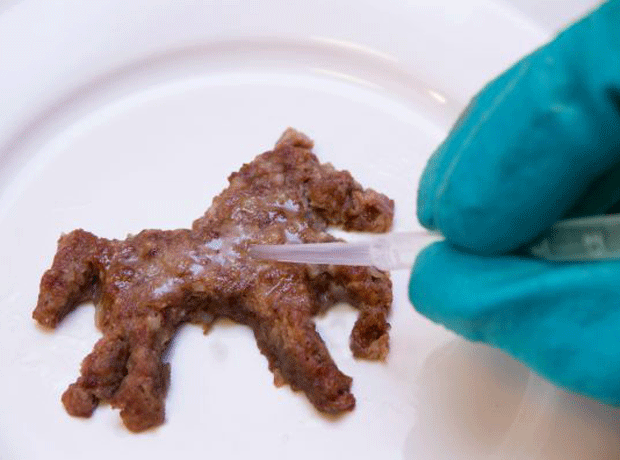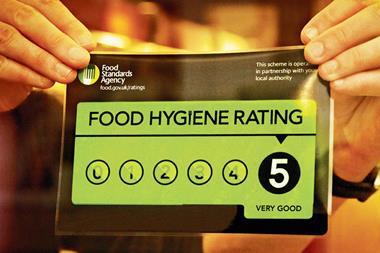
The National Food Crime Unit this week published its first annual review of food crime in the UK.
Its 64-page report highlights the products and categories food crime experts are most concerned about - notably red meat, white fish, spirits and herbs & spices.
Most noteworthy, however, are not the specific threats identified by the NFCU - few of which come as a surprise - but the lack of detail and quantifiable data provided in its report.
More than a year after it was set up under the auspices of the Food Standards Agency, reflecting the recommendations of Professor Chris Elliott in his post-Horsegate review, the UK’s foremost food crime taskforce seems unable to put any firm figures on the scale of food crime in the UK.
Aside from broad assurances that criminals have not made inroads into UK food and drink to the extent they have in other countries, there is little in the way of data on criminal activity in the UK’s food chains.
The potential scale of food fraud in the UK could be as much as £1.17bn, the report says, but that is based on extrapolations from OECD data on counterfeiting and piracy rather than specific intelligence on UK food crime.
“It would be inappropriate to make concrete judgements in relation to the criminal threat level,” the report says.
It’s a startling admission given the stated aim with this report was to establish a “baseline” for food crime in the UK.
So why has this proved so difficult?
A key problem identified by the NFCU is a lack of intelligence sharing between industry and authorities.
This is not a new issue - reluctance to share sensitive information was flagged up in the Elliott Review, and this week’s report suggests little progress has been made since.
The list of industry contributors to the NFCU report is embarrassingly short and doesn’t include any retailers (though the BRC says it did feed into the report through meetings, if not with a written contribution).
“Information sharing with industry is in its early stages,” the NFCU says.
Companies don’t yet always understand what kind of information would be useful to the NFCU, adds the unit’s head, Andy Morling, and they don’t always feel confident sensitive information will be protected. “We still have a job to do in educating industry and explain what we’re looking for and what we’ll do with the information.”
But the industry also has to “look at itself”, Morling says. “There is an ethical duty on all of us to help fight crime.”
Food companies still have a tendency to deal with suspected improprieties through contractual relationships rather than by going to law enforcement authorities. That has to change, Morling says.
Poor information sharing from industry is particularly damaging because victim reporting - the most common way for crimes to be uncovered in other sectors - is low when it comes to food and drink. Consumers often simply don’t realise they’ve been victims of fraud or other food crimes.
To improve intelligence flow from industry, the NFCU is launching a whistleblower campaign this summer to encourage front-line workers to report suspected food crimes directly to Morling’s unit. The NFCU also continues to work with intiatives like the Food Intelligence Network, which aims to improve intelligence sharing within the industry.
But some experts, including Elliott in a column for The Grocer this week, believe industry’s reluctance is also partly down to the NFCU’s position within the FSA. To be effective, it has operate independently, they say.
Morling says he disagrees, though “I understand where such concerns are coming from”, and stresses he’s confident information sharing from industry will improve.
“I hear good things when I talk to industry; I think there is a genuine desire to collaborate,” he says.
“I’m confident the next time we run this assessment it will be stronger. This is a marathon, not a sprint.”



















No comments yet